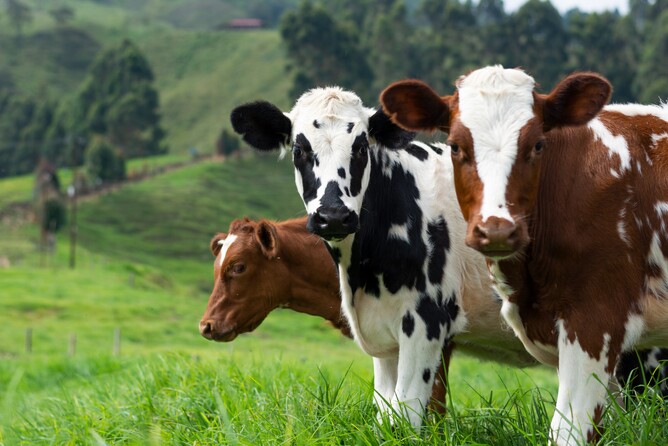A BVD outbreak could be costing the average herd nearly ten thousand dollars per season, with the latest research suggesting the direct losses are at least $22.22 per cow.
BVD affects reproduction, milk production, and calf health and growth rates, and the symptoms can look similar to other diseases.
But the great news is that BVD has several unique characteristics that make it much easier to eradicate than diseases like bovine tuberculosis (TB) or Mycoplasma bovis.
Almost all new BVD infections are caused by a very small number of persistently infected (PI) animals. PI animals are formed when naïve (not immune to BVD) cows become infected with BVD in the first four to five months of pregnancy, producing a calf infected with BVD for life.
PI calves often have poor immunity and appear ill-thrifty (growing more slowly than expected) but some appear normal and enter the herd. They are the ones that keep the cycle going by infecting other animals.
If an animal tests negative for BVD virus, it can be certified as being non-PI for life and does not need to be re-tested since animals can only become PI if they get infected with BVD before birth.
Most infected herds will contain fewer than 1 to 2% PI animals and you only need to cull these small number of PI animals to get BVD under control.
For BVD, there are also effective commercial vaccines that can help prevent new PI calves from being born in herds when it is difficult to stop susceptible dams getting infected with the virus during pregnancy.
Several European countries have already successfully eradicated BVD from their cattle populations.
Computer simulation models suggest the most cost-effective and logistically feasible approach for a national control programme include testing all replacement heifer calves as soon as possible after birth each year to identify and remove PIs prior to the planned start of mating.
Improve boundary biosecurity to minimise the risk of new BVD introductions by testing all purchased breeding cattle for BVD and preventing nose-to-nose contact with cattle from other herds over shared fence lines.
Annual bulk milk or youngstock antibody screening tests are also a useful tool for making sure that the control programme is working to prevent BVD transmission.
We have recently started capturing BVD monitoring information in the WelFarm programme, to help veterinarians understand what monitoring is occurring among their farmers and highlight to farmers what their peers are doing.
Talk to your vet about the best options to monitor for BVD among your herd. Find out more at bvdfree.org.nz/


